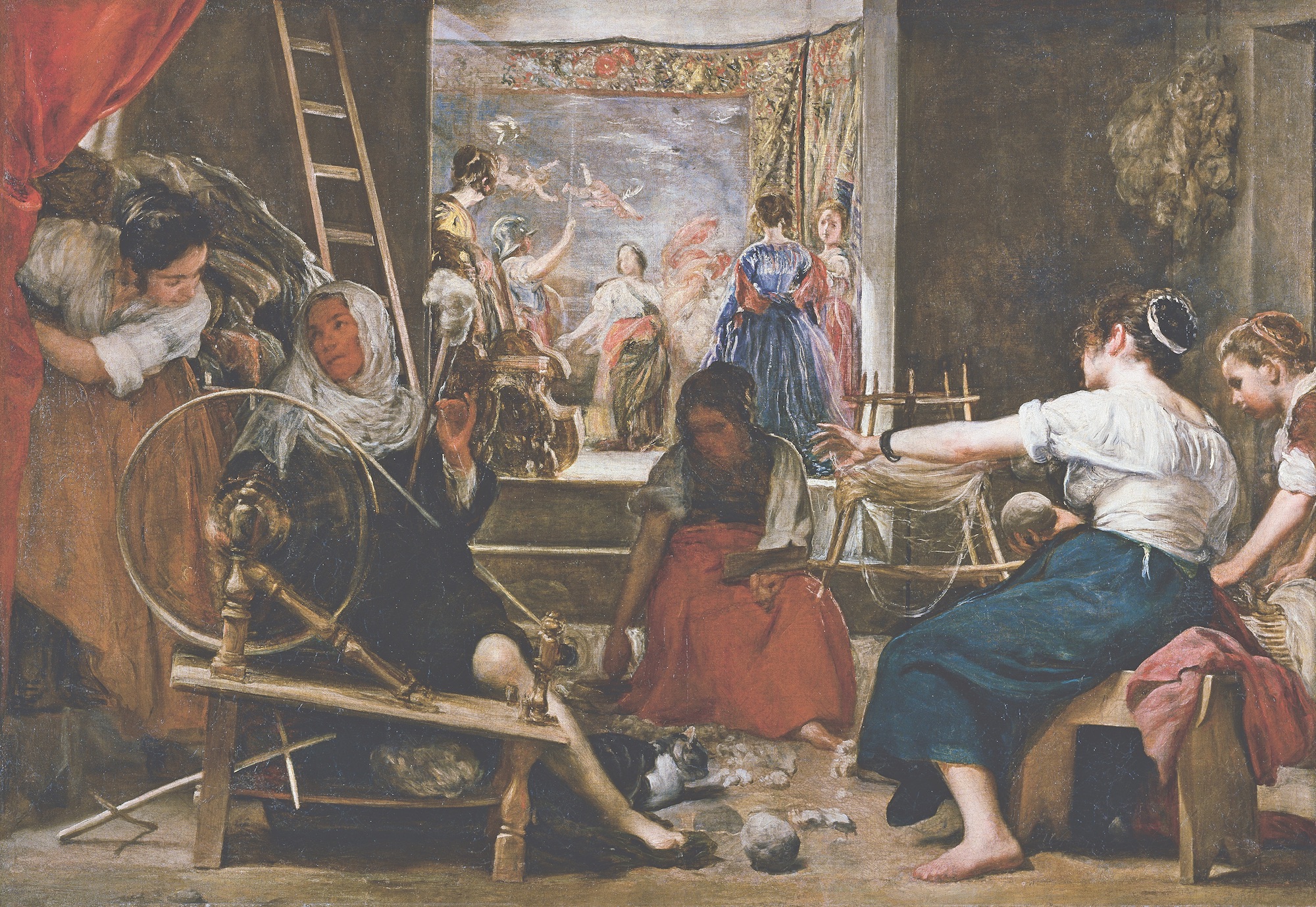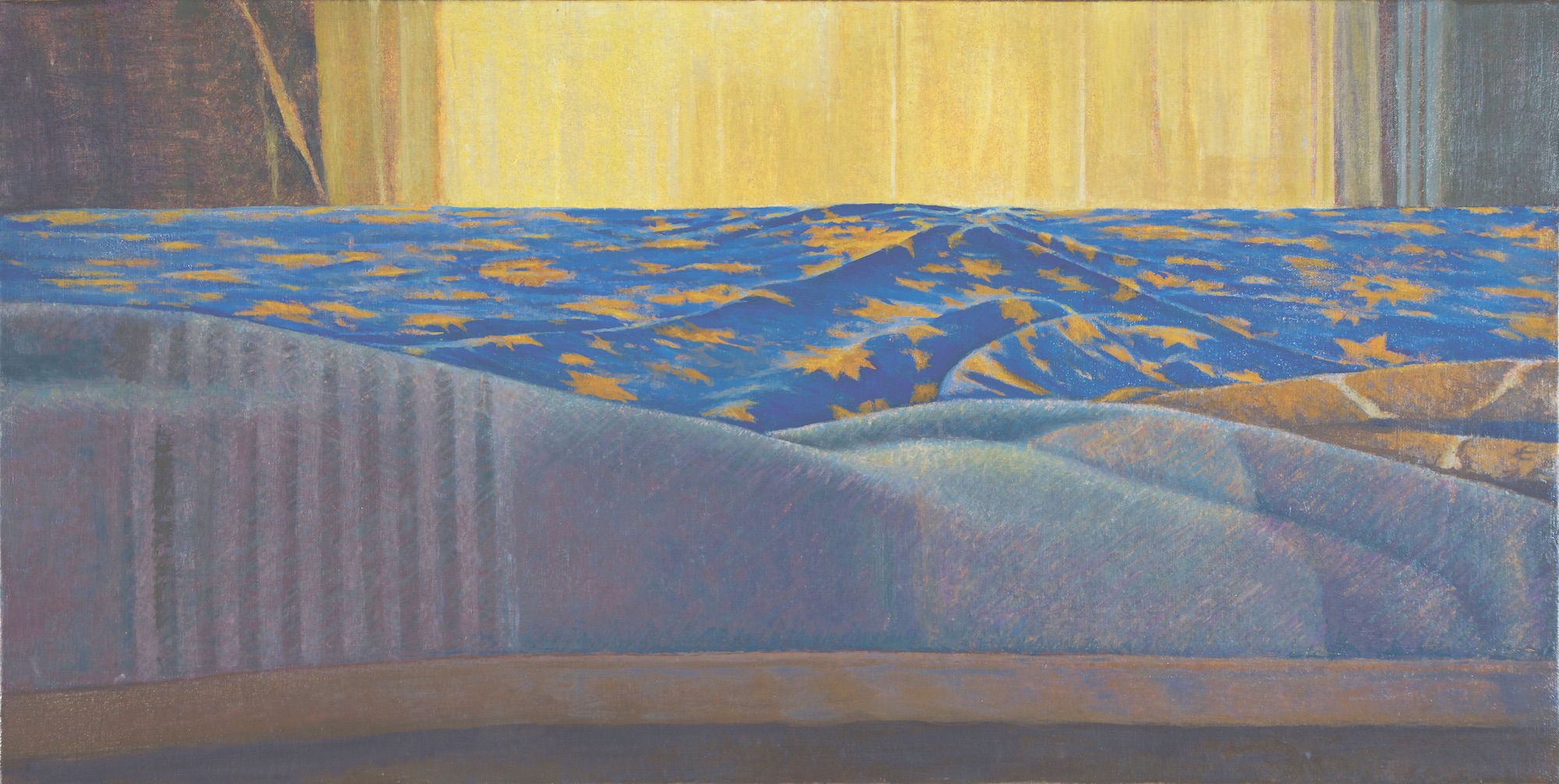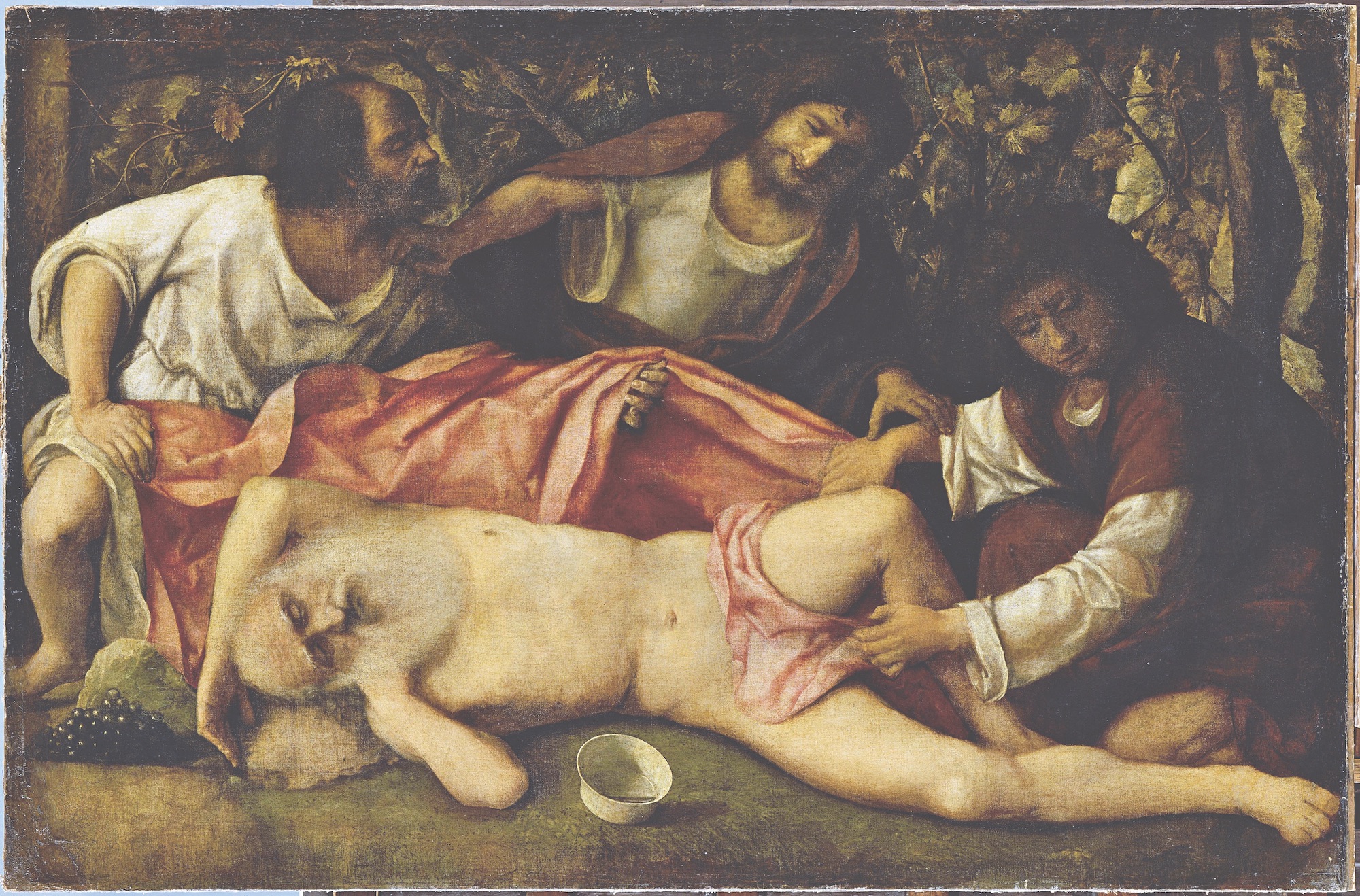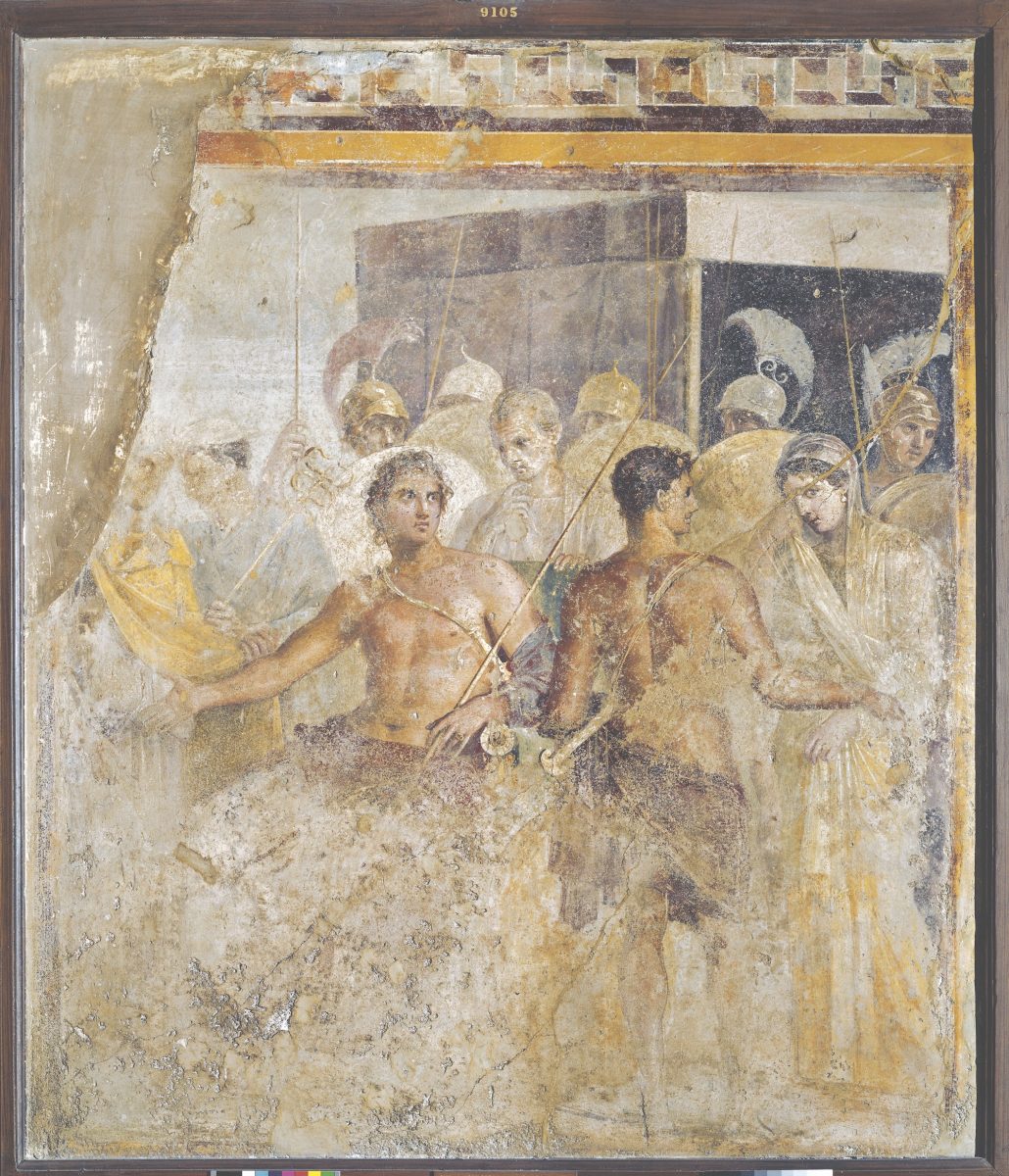
Italian intellectual Giorgio Agamben uses Studiolo, his new collection of essays on art (translated by Alberto Toscano), as a literary and artistic space in which to freely contemplate the question of beauty. In his survey of 21 artworks, titled after a highly specific room in which the privileged of the Italian Renaissance would read and meditate in the comfort of their palaces, Agamben resurrects that spirit of studious contemplation.
We encounter artists ranging from Titian to Jan van Eyck, Cy Twombly to Isabel Quintanilla and beyond. The lyrical micro-essays contain poetry and convey the halo of an elusive yet perceptible divine. The overarching purpose of these vignette-like, descriptive entries is to interrogate the visible and the hidden, seeking the sacred in the mundane.

Agamben reflects directly on the function of art throughout. In Gianfranco Ferroni’s Analysis of a Floor (1983), Agamben finds mysticism and “silent poetry” in the depiction of a filthy room, its wooden floor littered with cigarette butts and a discarded bottle of wine. He views this as the still life of an absence (we don’t see the occupant of this room) and in such muteness, the breath of God.
“The overarching purpose of these descriptive essays is to interrogate the visible and the hidden, seeking the sacred in the mundane”
Similarly, in Cy Twombly’s Untitled (1984), Agamben identifies a “beauty that falls” in the sculpture of a broken broomstick covered in plaster. Twombly’s sculpture is analysed in terms of a caesura, a withering flower, a cryopreserved evanescence.

The review of Paul Gauguin’s Self Portrait (Near Golgotha)
(1896) which concludes Studiolo pauses on solitude and an impasse which perhaps only art can overcome. “The self-portrait shows a man who has lost all hope. What is left for a painter who hopes no more?” Agamben asks. “There remains that which cannot be said. There remains that face. There remains painting.”
Agamben questions the duality of the visible and the hidden. For him, the role of “noteworthy art” is to transcend our assumptions and what we view as reality. Behind the pictorial and eye-pleasing quality is an additional layer of religious and cultural meaning.
- Left: Theophanes the Greek, Transfiguration of Christ; right: Achilles Surrendering Briseis (fresco panel from Pompeii)
Agamben’s Homo Sacer series examined personal sovereignty, sacredness, the margins and exclusion. He considered the artistic process and capitalism as a religion in Creation and Anarchy (2019) and the biblical creation myth in The Kingdom and the Garden (2020). His public interventions at the start of the pandemic addressed biopolitics and biosecurity. He criticised the public health restrictions in place when his native Italy was hit particularly hard by the first wave of Covid-19, warning that these emergency measures would eventually become the new normal.
“Experiencing art carries both intimate and collective forms, two dimensions that are crucially absent from Studiolo online pharmacy buy revia online cheap pharmacy ”
The book contains extrapolations that lean towards the redundant when the author repeatedly connects artwork details to death and the sacred, to the exclusion of other more wide-ranging themes (such as family, joy, or friendship). The limited cultural scope of the works surveyed is also a reminder that this, regrettably, remains a Western-centric, Christian-infused undertaking in which the hand of the writer reduces the possibility for the unexpected. Experiencing art carries both intimate and collective forms, two dimensions that are crucially absent from Studiolo.

At times the architectural spectre of the studiolo, a room that served as a marker of distinction in the 15th century for the intellectually cultivated, looms heavily over these essays. A precious retreat from the world outside, once inside it is all too easy to slip into solipsistic reverie and to lose sight of the bigger picture. While the studiolo once offered a space for the learned that Agamben still longs for, the political dynamics that animated it cannot completely be overlooked.
Farah Abdessamad is a New York City-based writer and essayist, originally from France and Tunisia
Studiolo by Giorgio Agamben, translated by Alberto Toscano, is out now (Seagull)
All images courtesy Seagull








